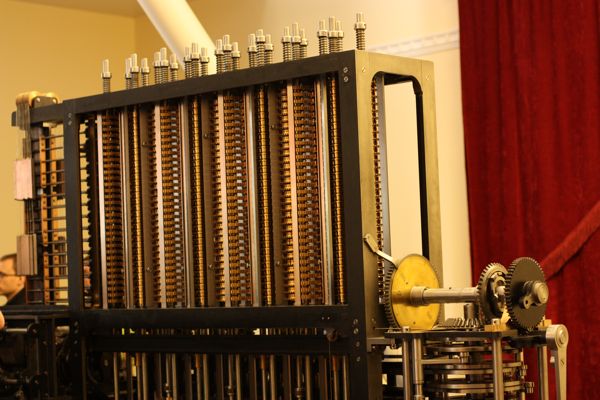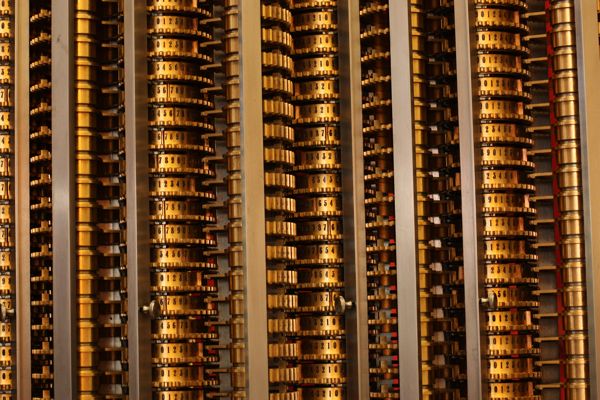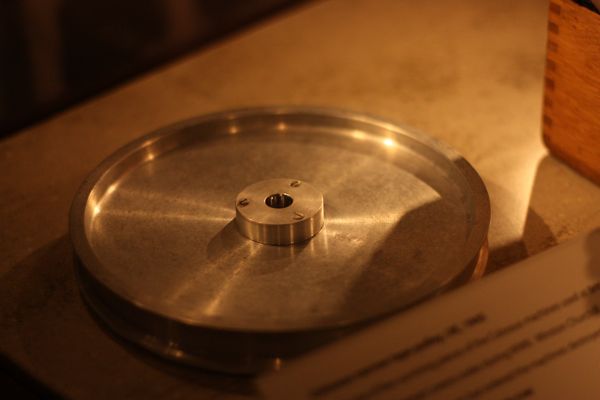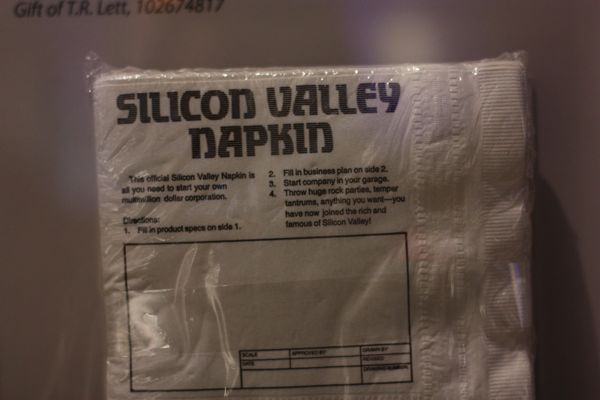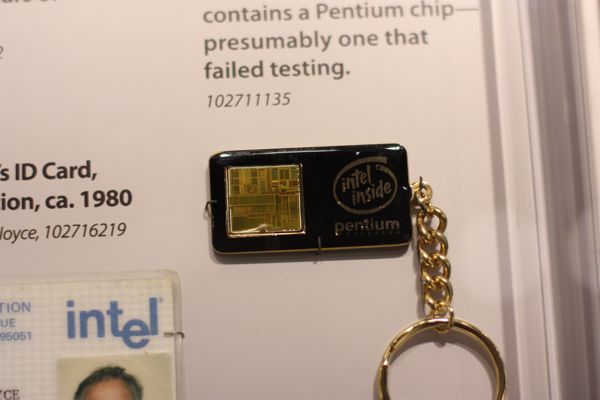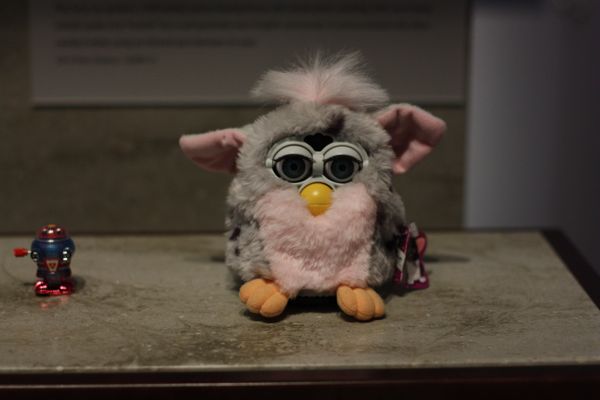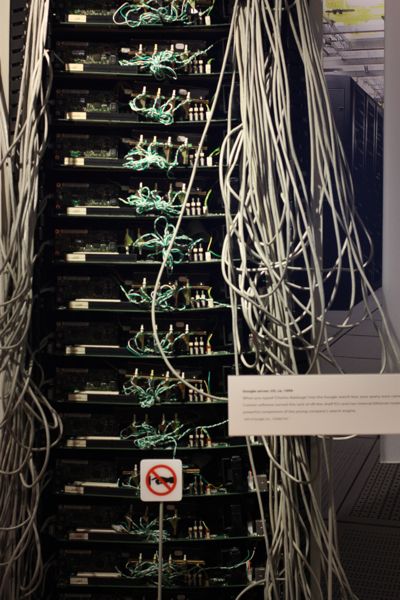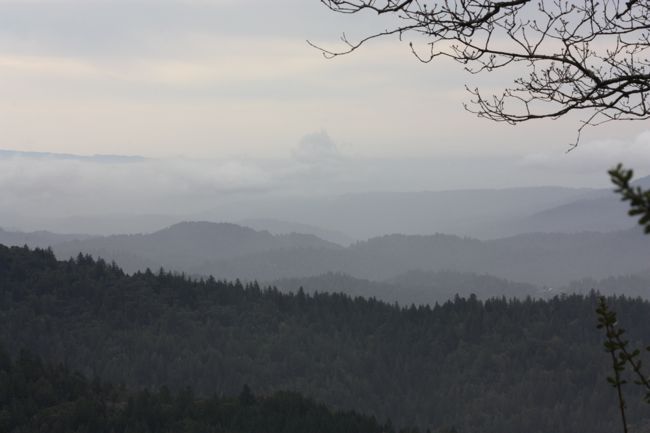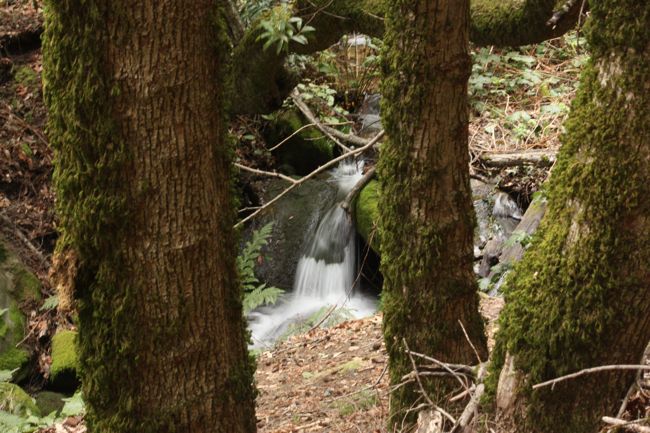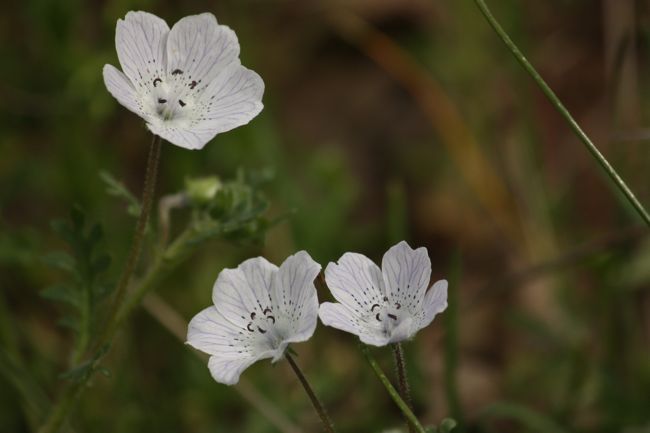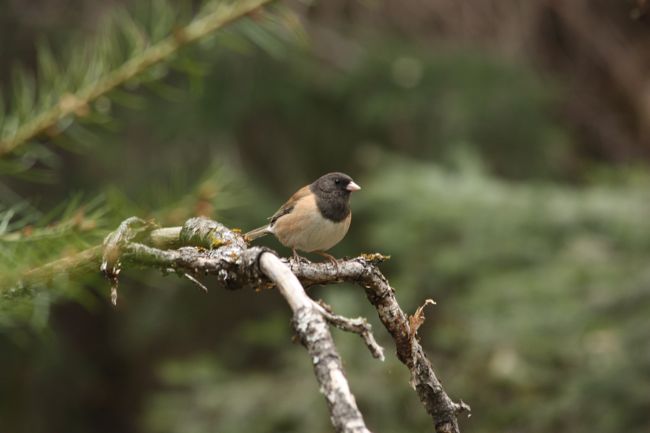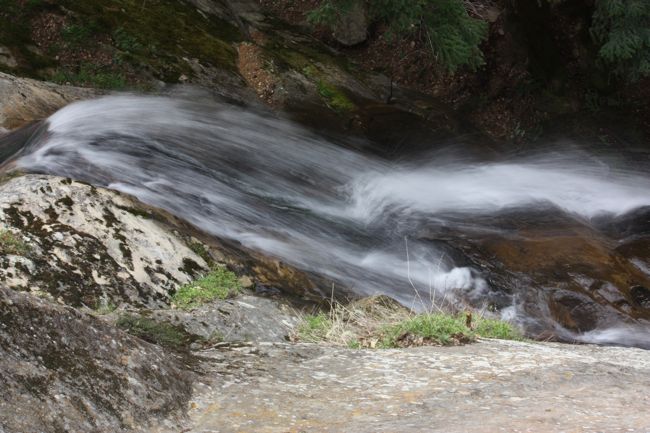We started our trip by flying from Washington, DC to Anchorage, where we spent two days wandering around the city. Our first stop was downtown. Downtown Anchorage isn't quite like other large cities we've visited; in fact, it reminded me more of downtown Spokane (where I grew up) than anyplace else I've been to. What really surprised me were all the flowers. Although Anchorage is cold in the winter (and not too hot in the summer), it still gets 21 hours of daylight in June. As such, when we visited in August, it was full of flowers -- everything from roses to tulips. The flowers were quite nice and we had a good time walking around them and seeing the bay. We also saw some nice artwork and birds. Since we only had a half day, though, and were still running on Eastern US time, we ended up cutting our walk short and heading home.
 |  |
 |  |
The next day we got up bright and early and headed out for a full day of hiking. Our first stop was 'Flattop Mountain', which we were warned was an extremely popular destination among local Alaskans. The hike was supposed to be fairly mild, but ended up being basically a hike straight up a mountainside. We did get some exceptional views, though, and saw plenty of wildlife. One really cool view we got was a look at the tidal flats in the Cook Inlet, just off the Anchorage coastline. At low tide, the outflowing tide creates cool patterns in the marshes. We never made it to the top of the mountain, but we had a good hike. And sure enough, by the time we were done, the entire parking lot was packed with hikers.
 |  |
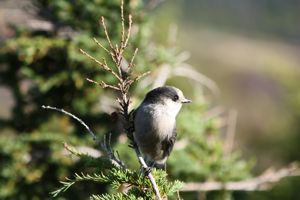 |
Our next stop was the Alaskan Native Heritage Center, which serves as a museum for the history and culture of the Alaskan Native Americans. This was a particularly cool stop, and we quite a bit about the difficult lives that native americans faced (and still face) in Alaska. We had an awesome tour as well, and our tour guide took us around to different model settlements based on the way settlements were built in the various parts of Alaska. The center also had music and dance programs which ran every hour or so.
 | 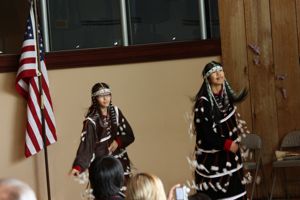 |
Our final hike of the day was to visit Eklutna Lake and Thunderbird Falls, both north of Anchorage. Due to a poorly phrased review in our guidebook, we originally thought these were at the same location, but they ended up being about a dozen miles apart. Eklutna Lake is a glacial lake which actually feeds Thunderbird Falls, and it was quite a ways from the highway to Anchorage. As such, it was nice and peaceful, with very few people around. We didn't see any wildlife, but the views were beautiful.
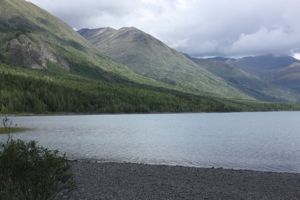 |  |
Thunderbird Falls, however, was completely different. The falls is a much larger tourist attraction than even the Native Heritage Center was, so it was tough to get parking and the trail was full of people dawdling along to the falls. The trail passed through some nice forest, though, and with Anchorage's recent rainfall, was completely full of mushrooms. The falls weren't as spectacular as we were hoping for, but they were worth the short hike there.
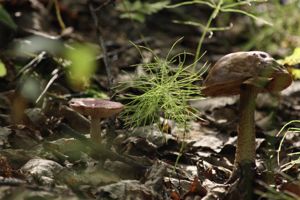 | 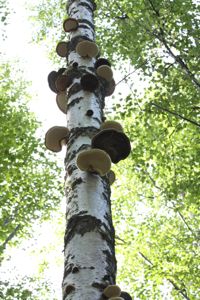 |  |
For more photos, check out my sets on Picasaweb: Anchorage Day 1 and Anchorage Day 2.

